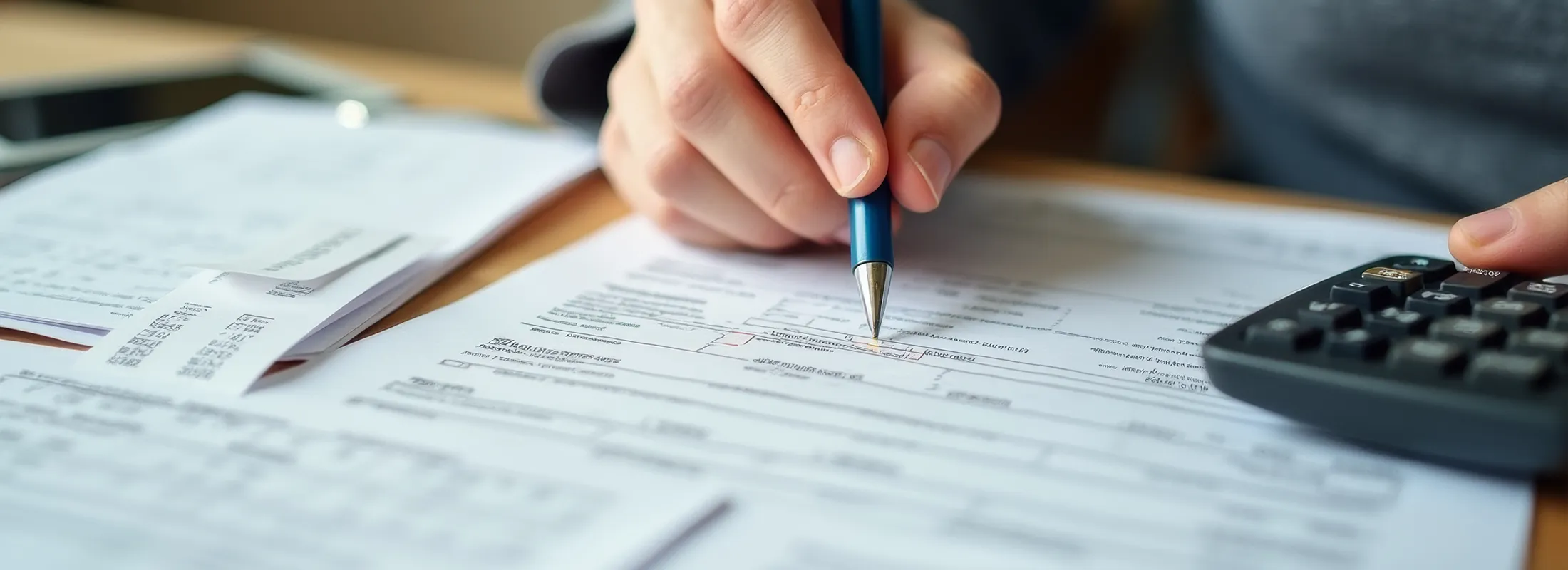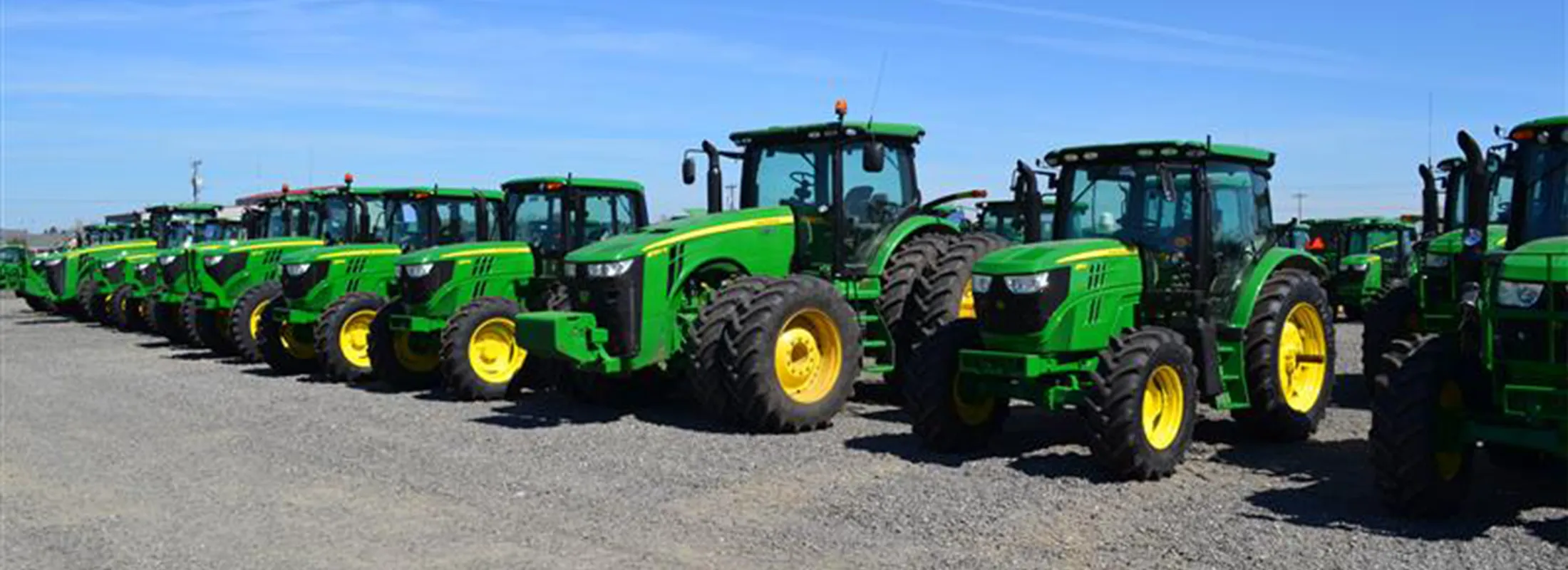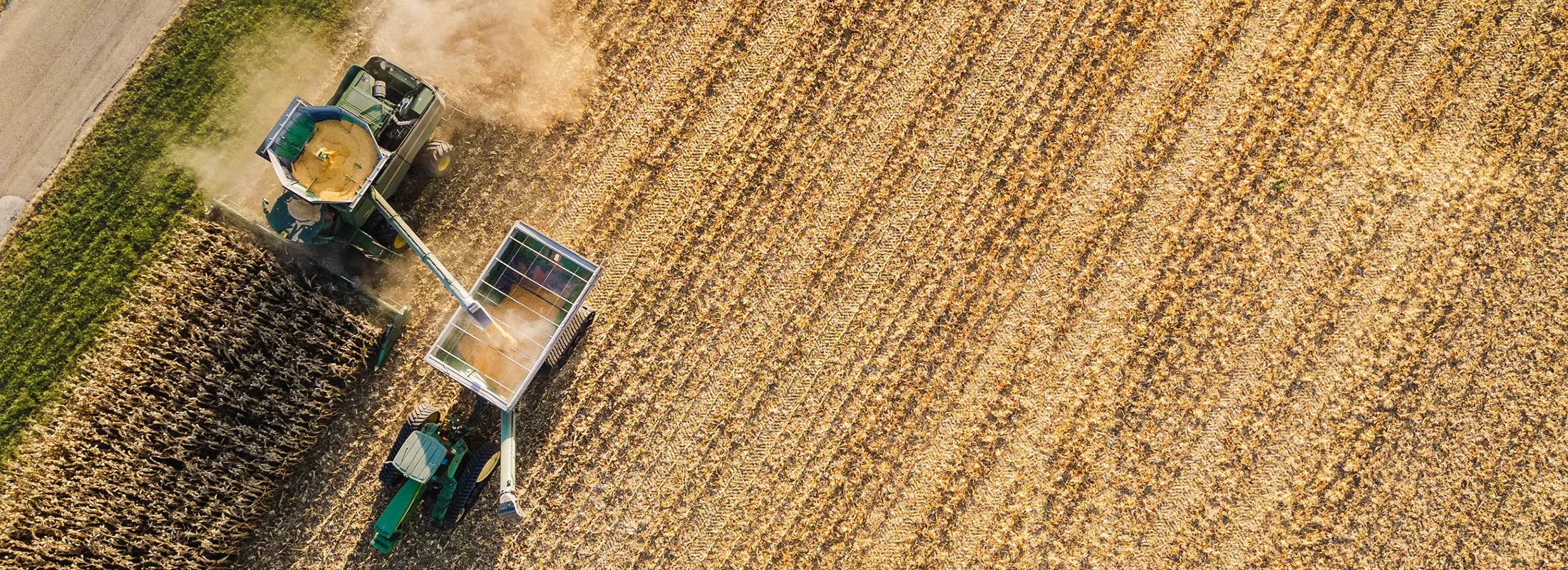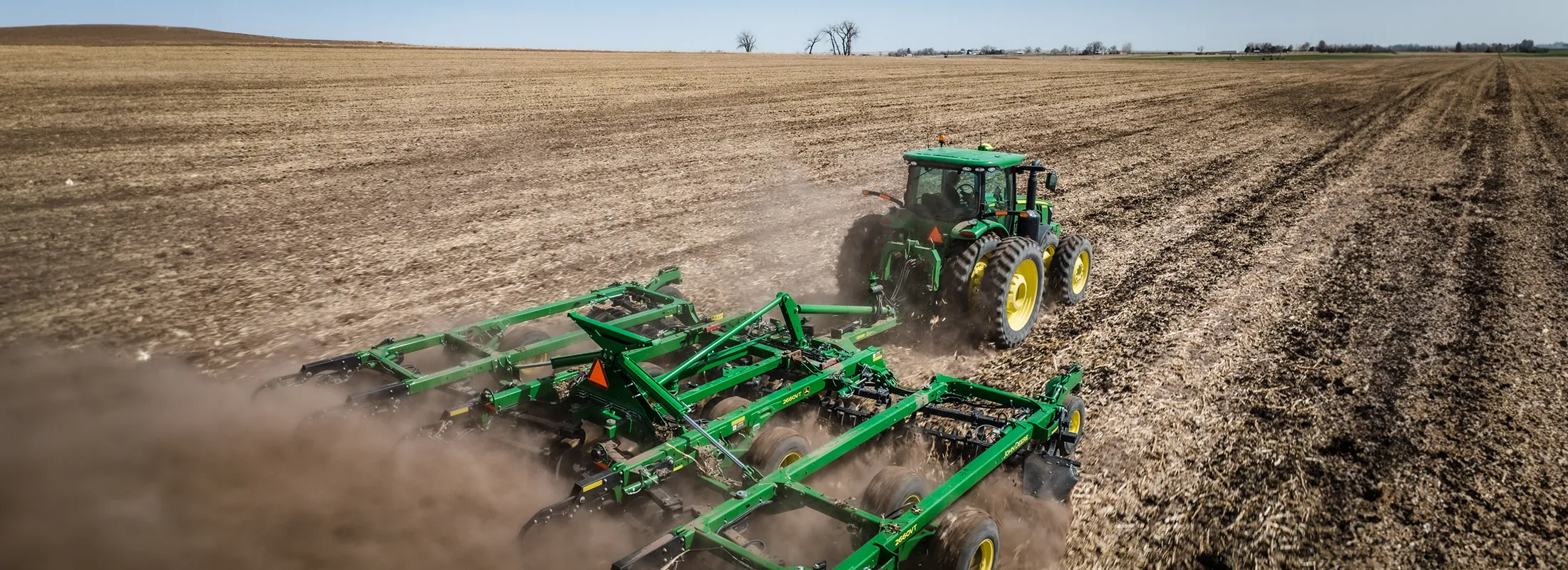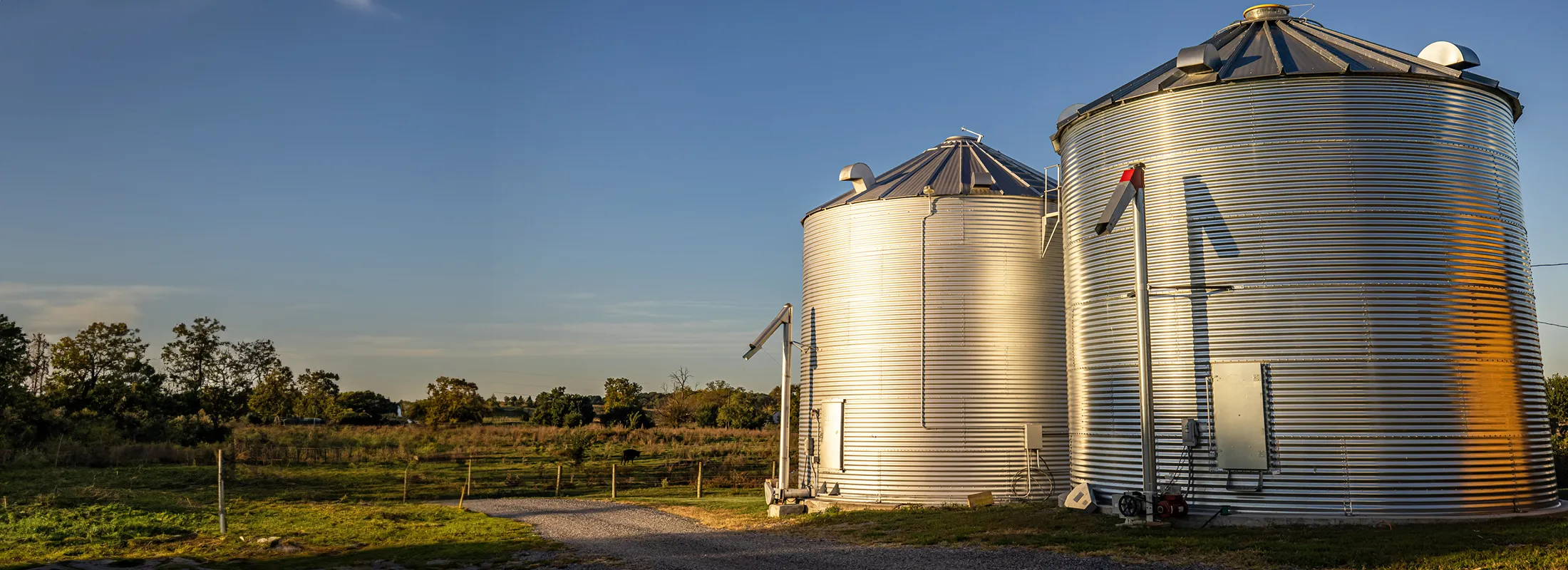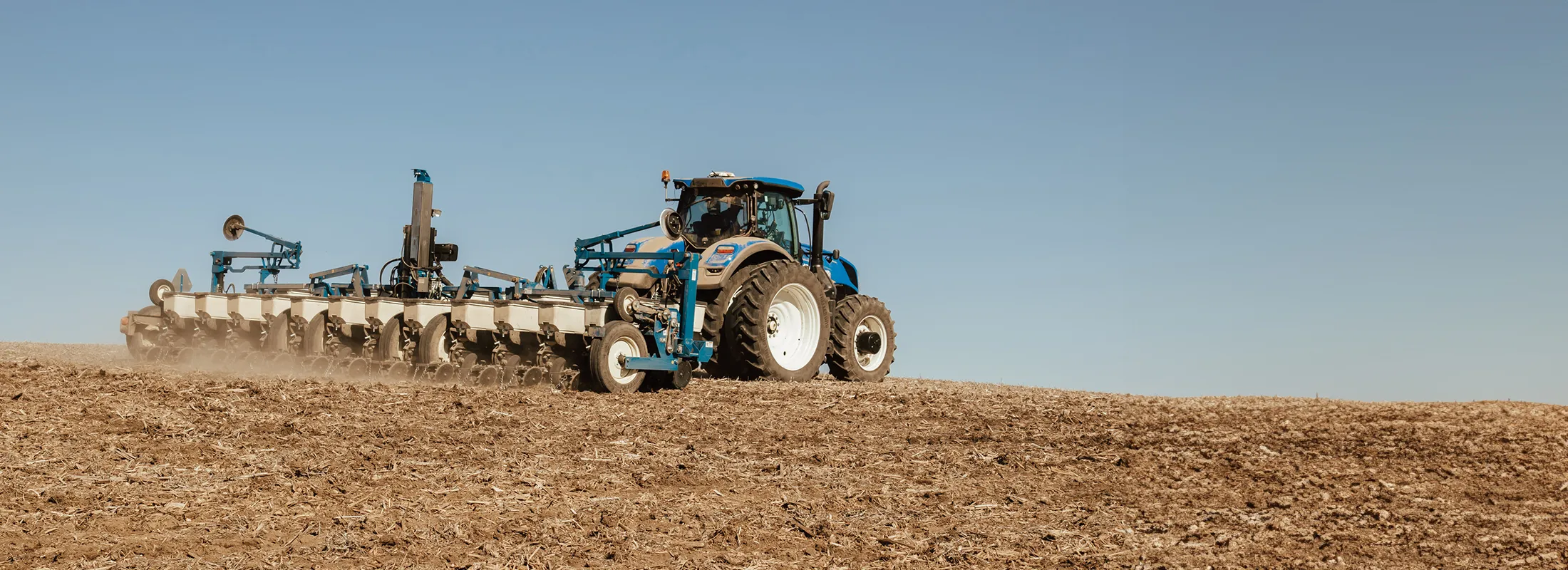Keeping a close eye on expenses on a farm operation is important anytime. Now, throw in grain market prices that are below breakeven levels for most producers and what was already a high priority is now one of the highest.
Behind land costs, farm machinery makes up the second-largest general category of expenses for most operations, making it the target of a lot of scrutiny when it comes to cutting cost, especially today, when budgets are tight because of low grain prices.
And, the best way to cut your machinery costs starts with matching your machinery lineup to your acreage, crops grown and production practices.
A Moving Target
In today’s machinery sector in which producers can glean growing efficiencies from continued developments in new iron and technology, there isn’t always a clear-cut, simple answer. On one hand, new machinery is getting more and more efficient – enabling producers to farm more acres with less labor. On the other hand, new technologies – and the reams of production data they can glean -- sometimes makes finding the optimal machinery lineup for your operation a difficult yet increasingly important target to hit.
That’s why, when you want to find the most efficient balance of machinery for your farm, machinery benchmarks can be a good place to start.
Two main benchmarks are common in measuring the efficiency of machinery on a farm operation: Machinery investment per acre and machinery cost per acre. The former takes fewer farm-specific variables into account, but uses more aggregate data from comparable farms to measure machinery efficiency, according to Purdue University Center for Commercial Agriculture economist Michael Langemeier.
Different Ways to Measure Efficiency
“Machinery investment per acre is computed by dividing total crop machinery investment (i.e., investment in tractors, combines, and other machinery) by crop acres or harvested acres. It is important for farms to compare machinery investment per acre with similarly sized farms and to examine the trend in this benchmark for a particular farm.
A farm with relatively high machinery investment per acre needs to determine whether this high value is a problem,” Langemeier says in a university report*. “If the farm faces serious labor or timeliness constraints, this benchmark may be relatively high. However, if this benchmark is high due to the purchase of assets used to mitigate income tax obligations, the farm needs to think about whether this is a profitable long-term strategy.”
Machinery cost per acre, on the other hand, takes into account more operation-specific variables like depreciation, taxes and repairs. “Machinery cost per acre is computed by summing depreciation, interest, property taxes, insurance, building expense, leasing, repairs, fuel and lubricants, custom hire and rental expense; and dividing the resulting figure by crop acres or harvested acres,” Langemeier says. “Interest should include both cash interest paid and an opportunity charge on machinery and equipment that is owned.”
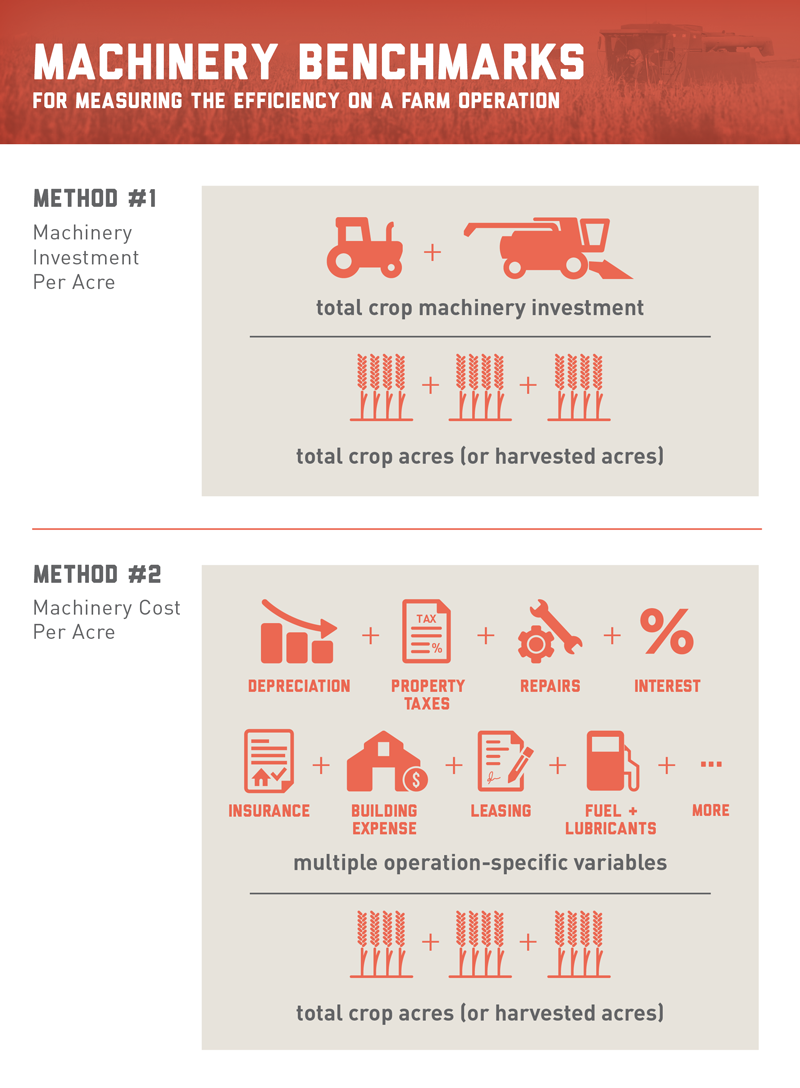
Other Factors to Consider
And while these benchmarks represent a good starting point for determining how efficiently you’re managing your machinery, they don’t necessarily paint a complete picture, says AgDirect Vice President Jerry Auel. There are other variables in play that can cause an operation to have a high machinery investment or cost per acre, for example, though they’re not necessarily red flags. And, these should be considered when applying a machinery benchmark to your operation.
“There are various factors that can impact an operation’s ability to have a high machinery investment per acre, such as if the operation has a very low land cost. For example, if a farmer owns all his land free and clear, he can probably handle $100 per acre or more of machinery and equipment costs because his only land cost is taxes,” Auel says. “However, if a farmer is renting all his land at $300 per acre, he is probably going to struggle with $100 per acre of machinery and equipment costs, because as those expenses add up, he will have a higher breakeven.
“With $3.50-per-bushel corn, the farmer with owned land can probably still be profitable with higher machinery and equipment costs per acre than the renter with higher cash rent, and thus the renter has to cut his costs by getting a lower rent on land or reduce his machinery and equipment costs to be profitable,” he adds.
Factors like these make the use of benchmarks to evaluate your operation’s machinery efficiency just part of a more comprehensive strategy for managing costs. Auditing your machinery needs and what you currently own or lease is a good first step, Auel says.
Market Cycles in Play
“Some farmers ‘over-bought’ machinery and equipment from 2011-2013 for tax purposes, like bonus depreciation. Do they have too much wrapped up in machinery and equipment costs? If so, they may need to downsize their line to what they truly need versus having excess, because they may have money tied up in assets that are not efficiently generating income,” he says. “I see some top-end farm managers that apply for credit who know their costs so well that they know their machinery cost down to a per hour basis, and know where they have to be from a loan payment standpoint, which helps them decide whether to purchase or lease the asset and how to control their costs.”
And, as you audit your machinery and needs, the numbers may suggest you’re in an unenviable position based on cost per acre, for example. But, don’t rely solely on the numbers when evaluating your farm’s specific machinery and equipment situation.
“Just because someone has a low machinery investment doesn’t necessarily lead to profitability because they may be using old equipment that is not efficient and could impact timely planting and harvest,” Auel says. “Likewise, just because someone has a relatively high level of machinery investment per acre doesn’t necessarily mean they are not profitable.”
* Benchmarking Machinery Investment and Cost (http://farmdocdaily.illinois.edu/2015/09/benchmarking-machinery-investment-and-cost.html)


